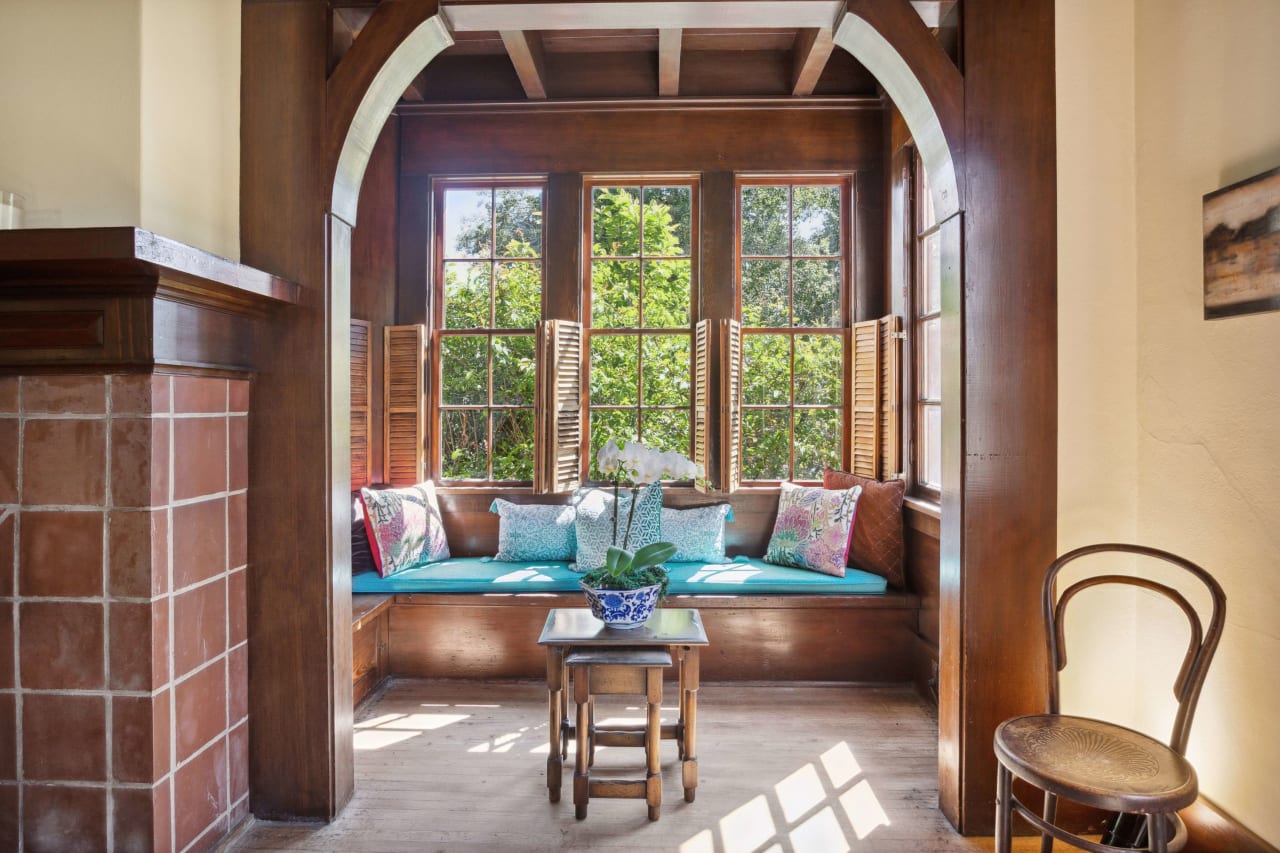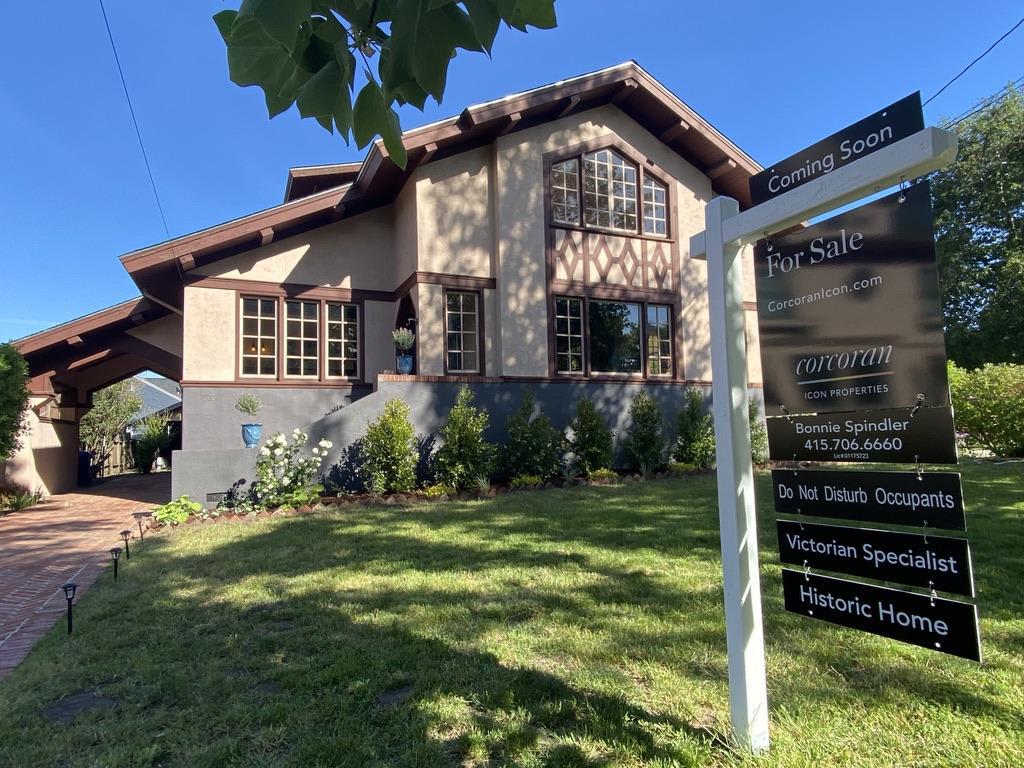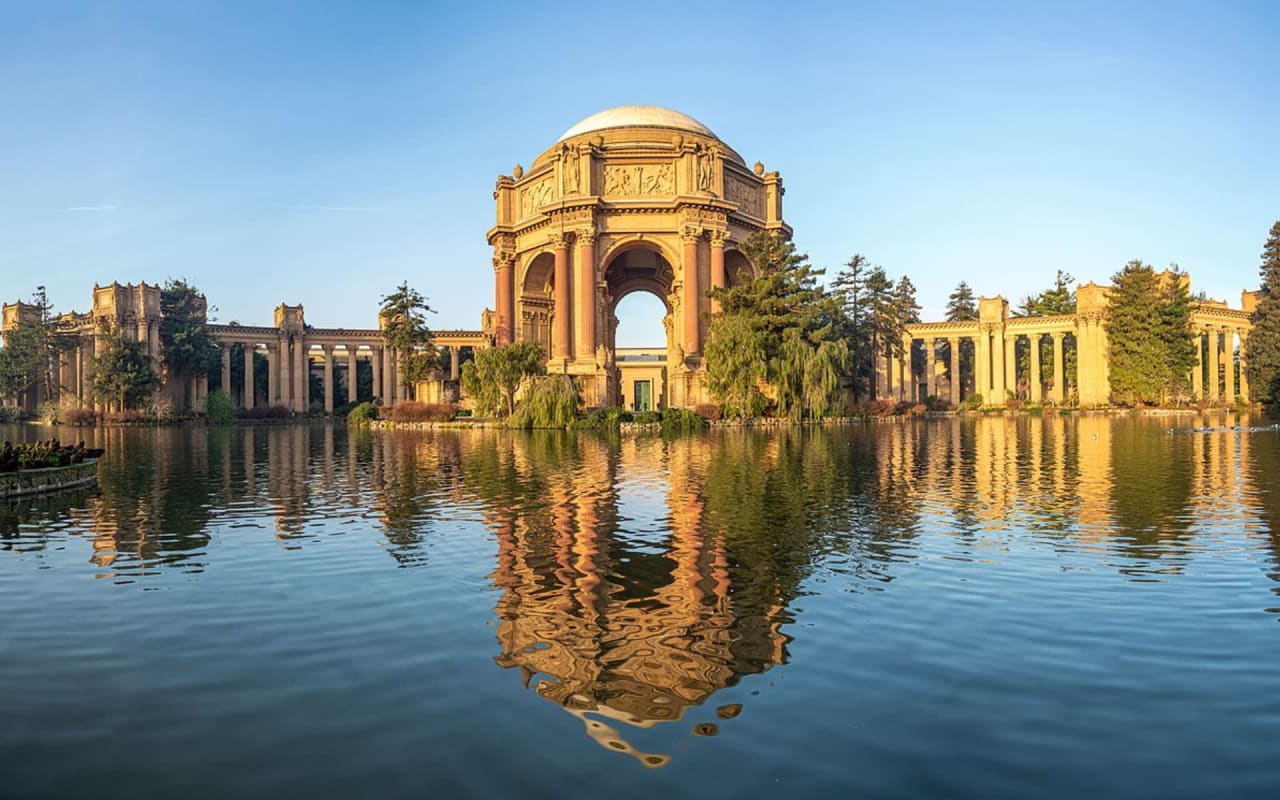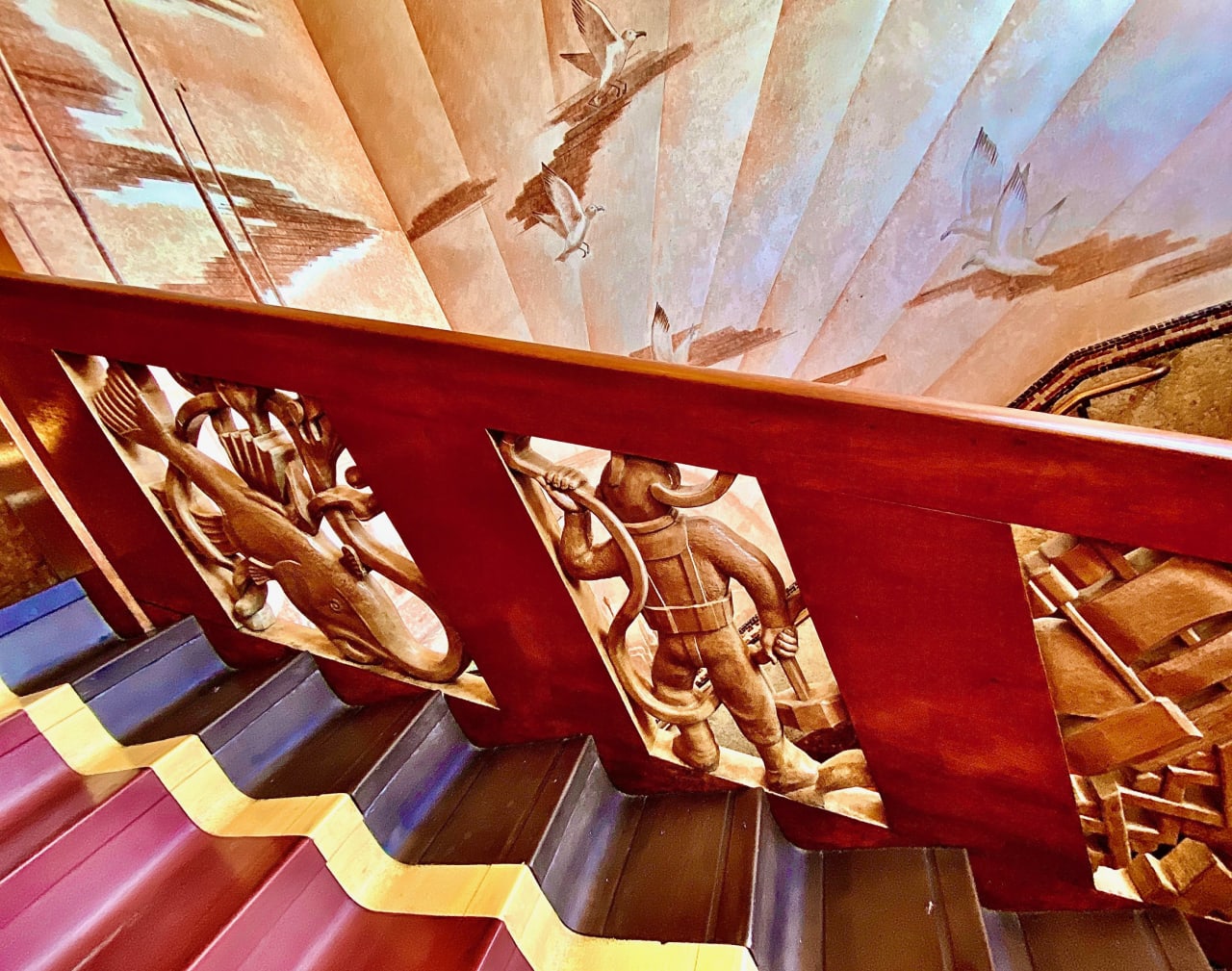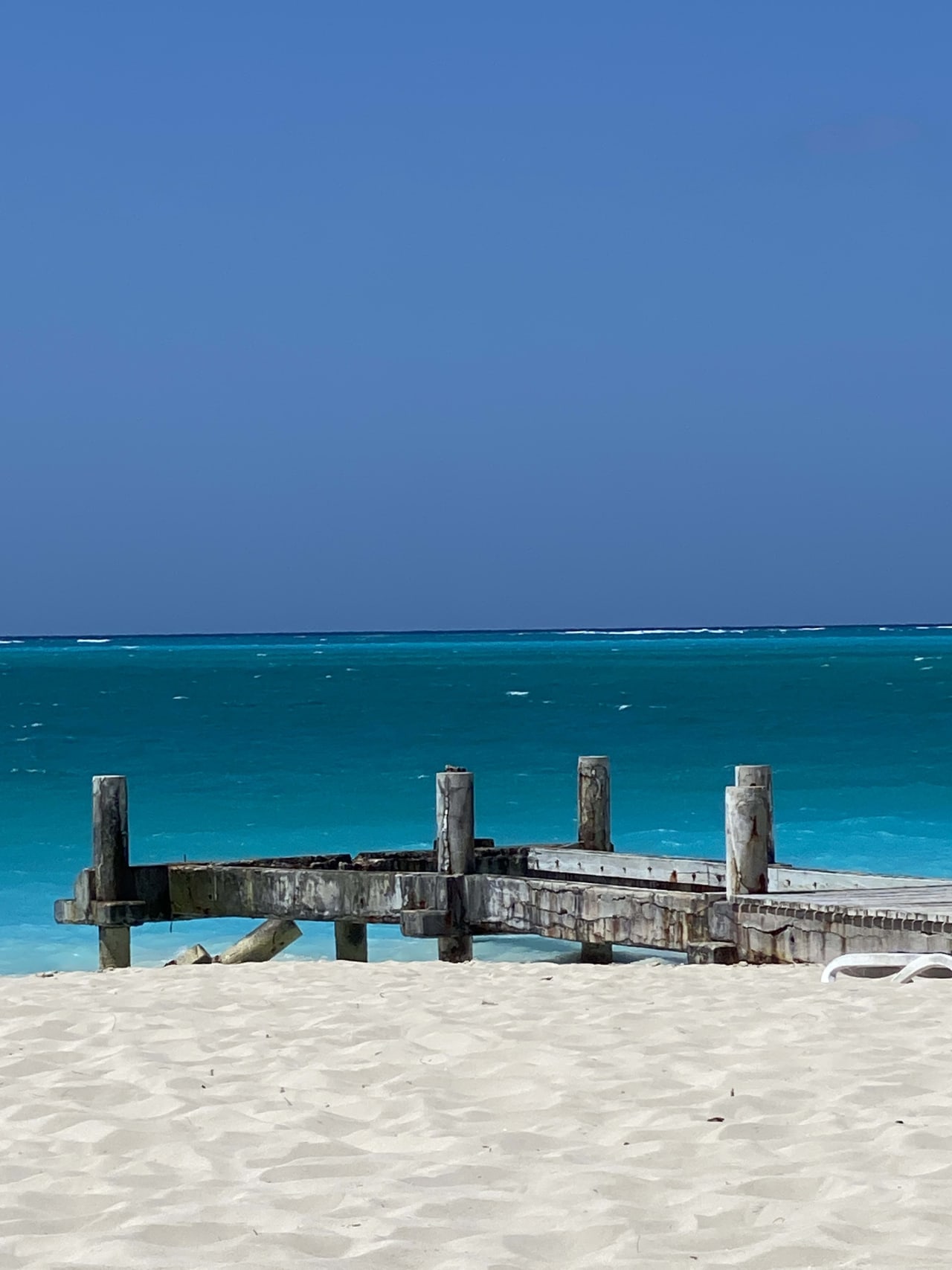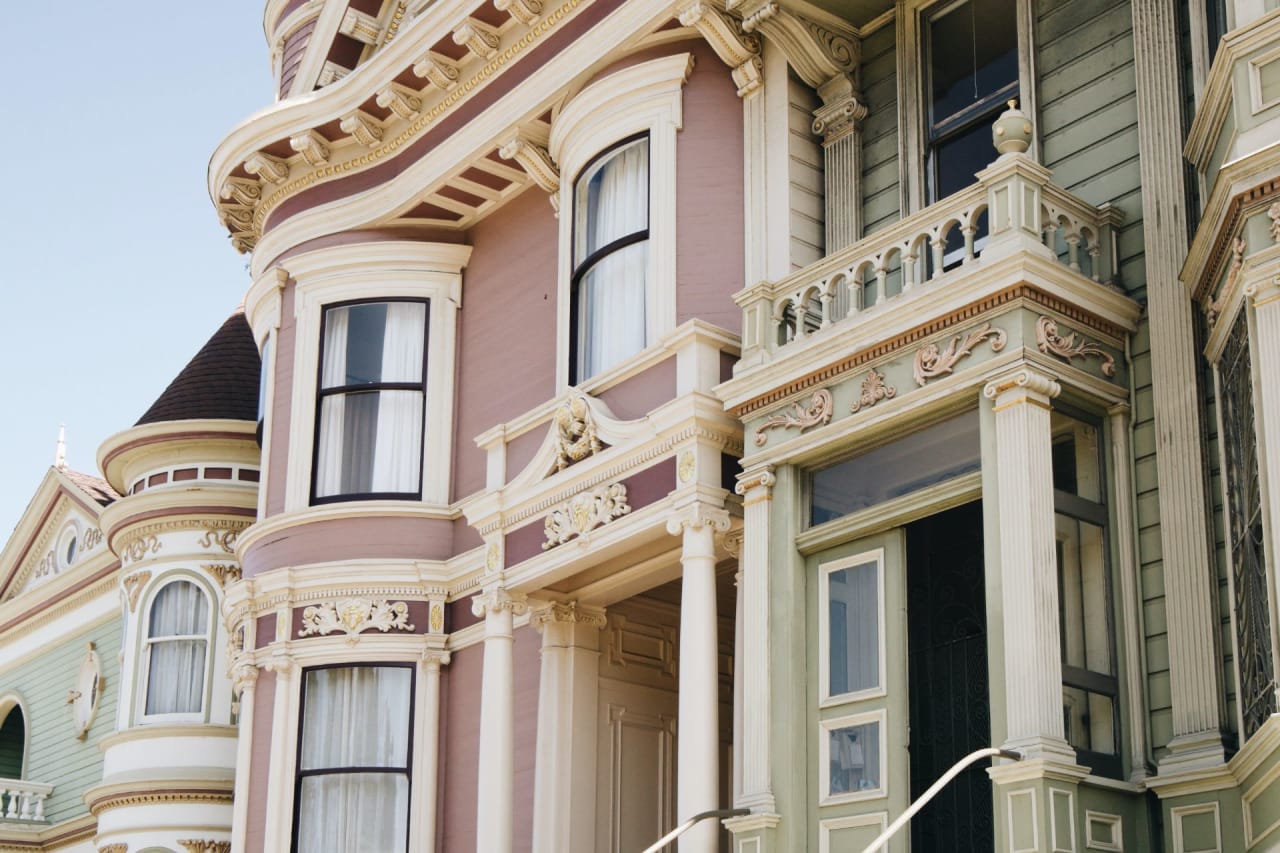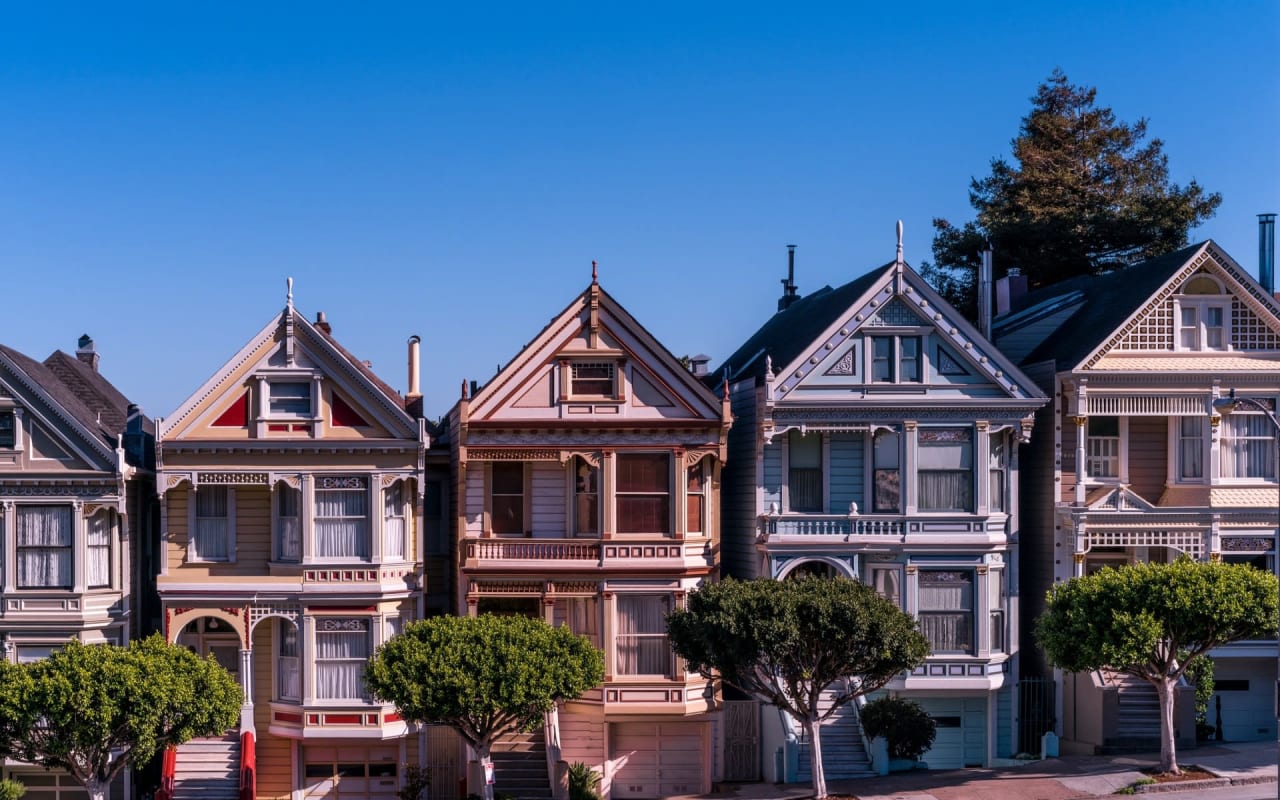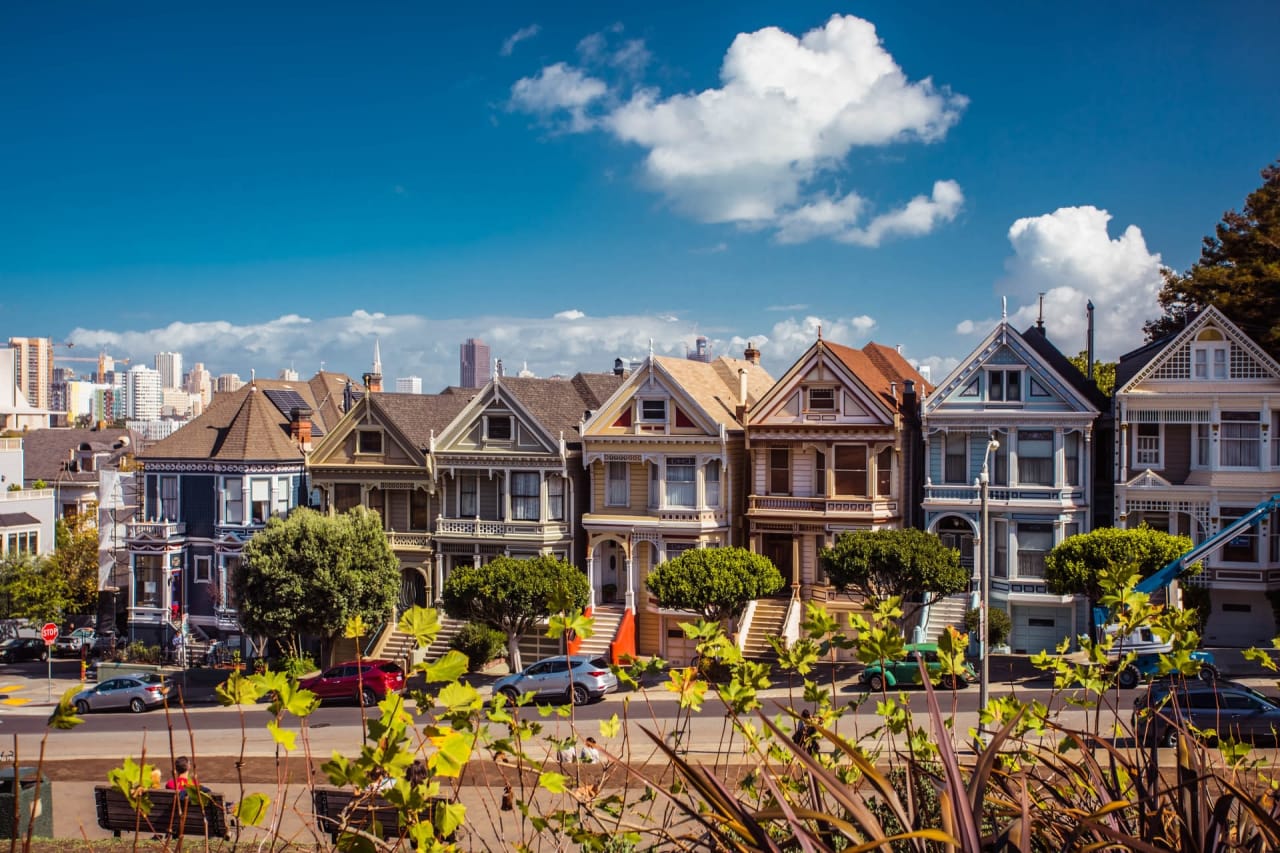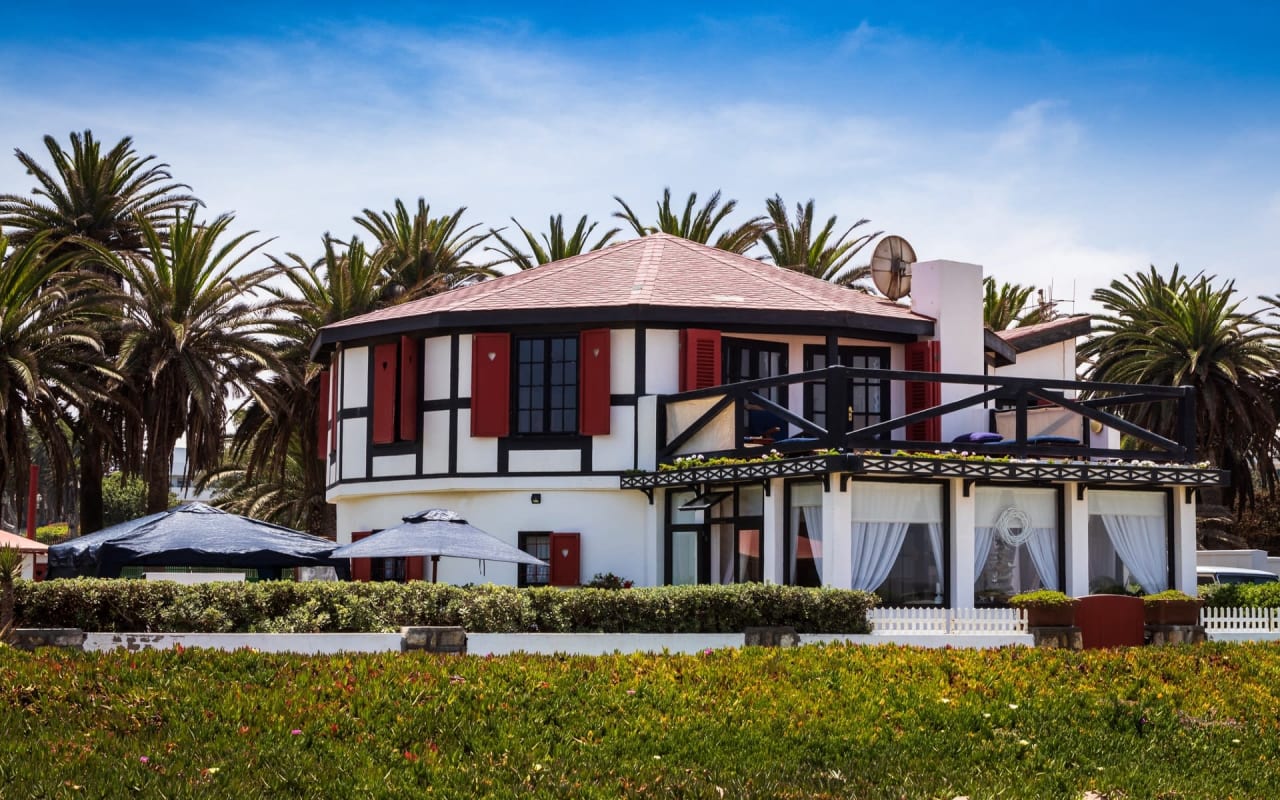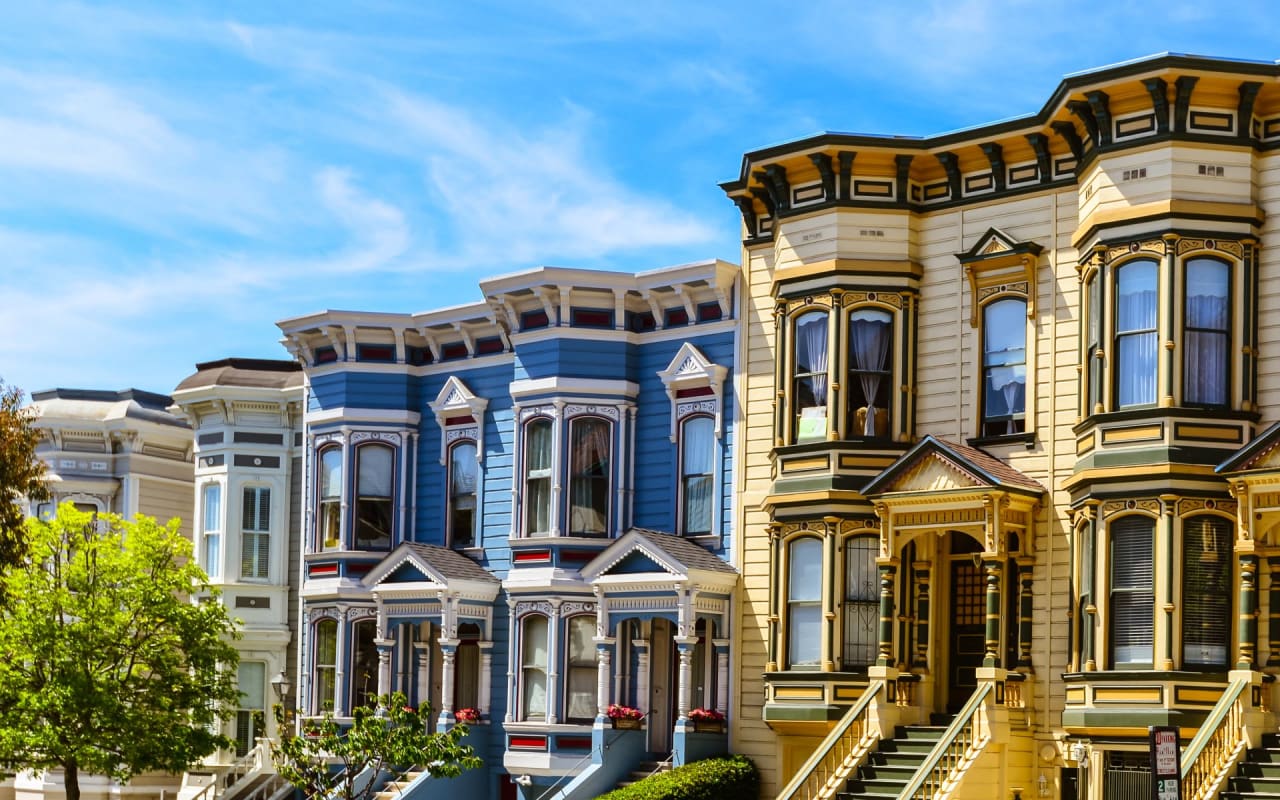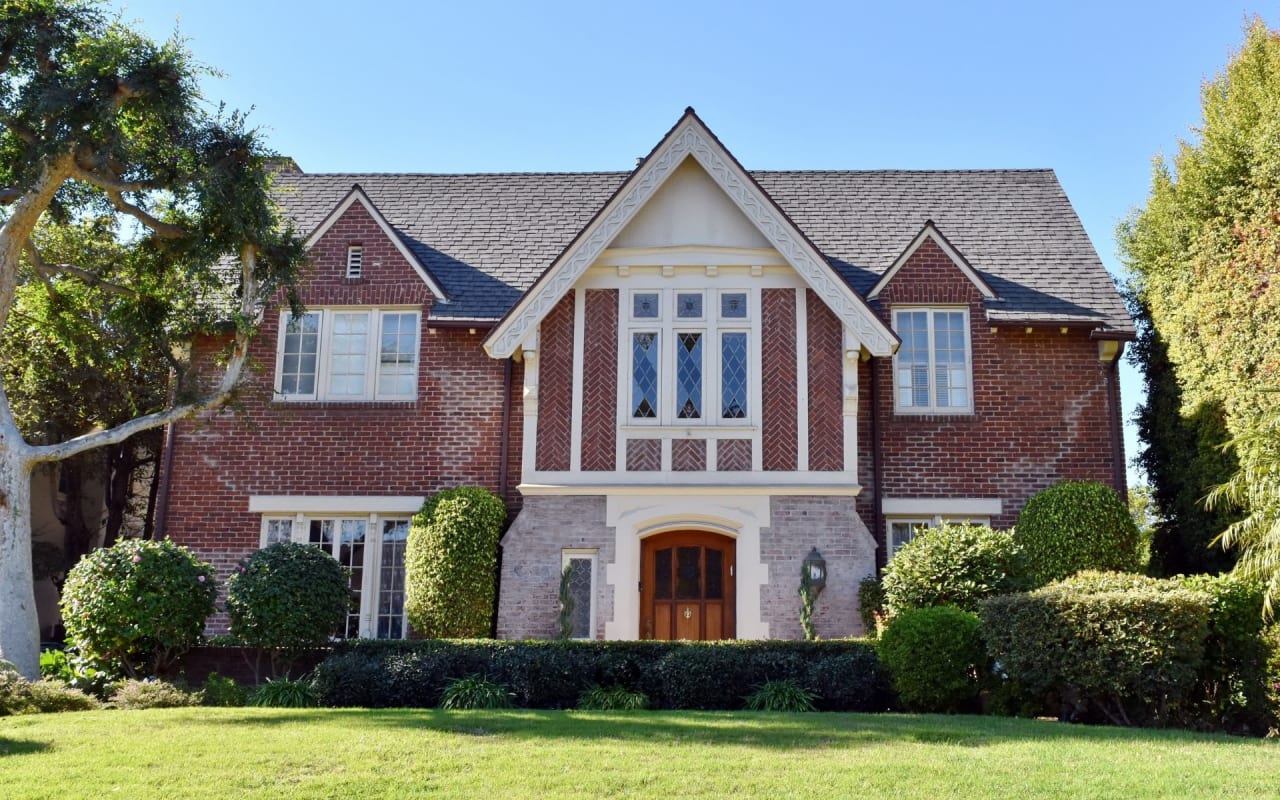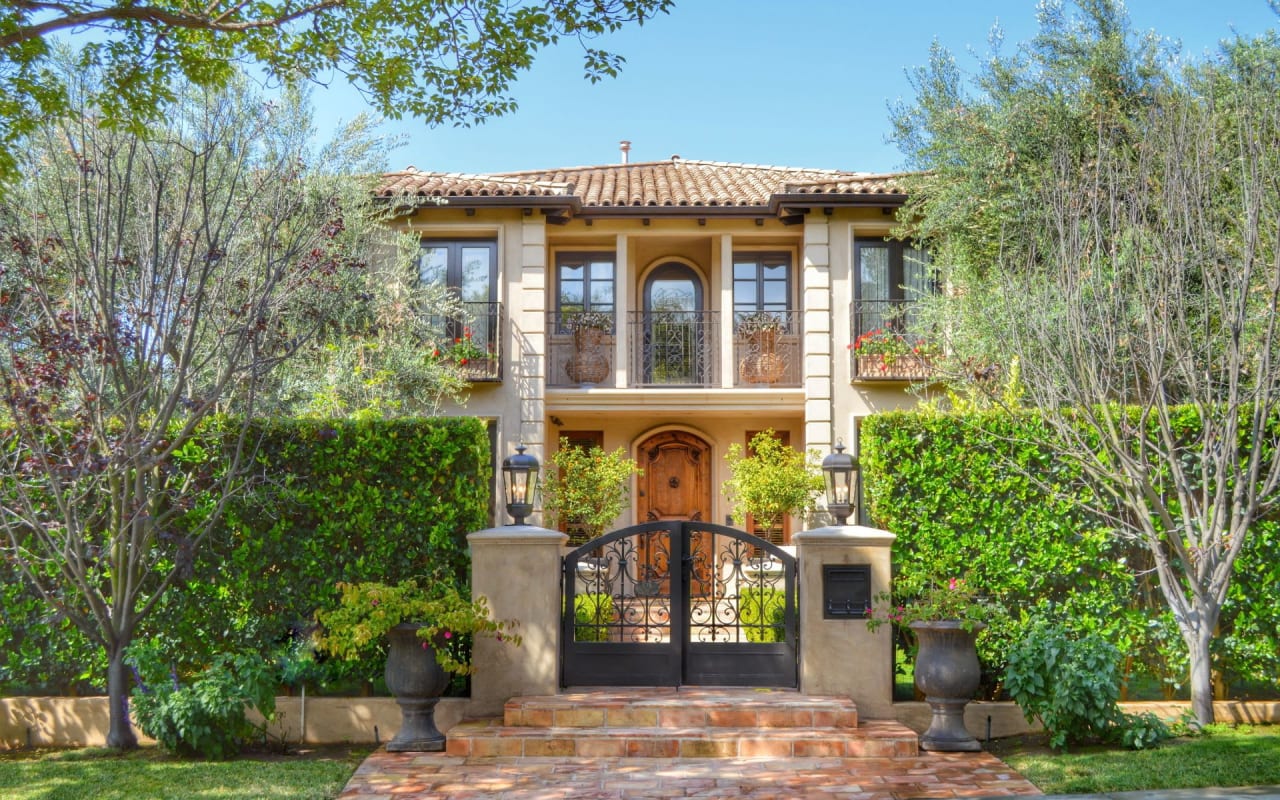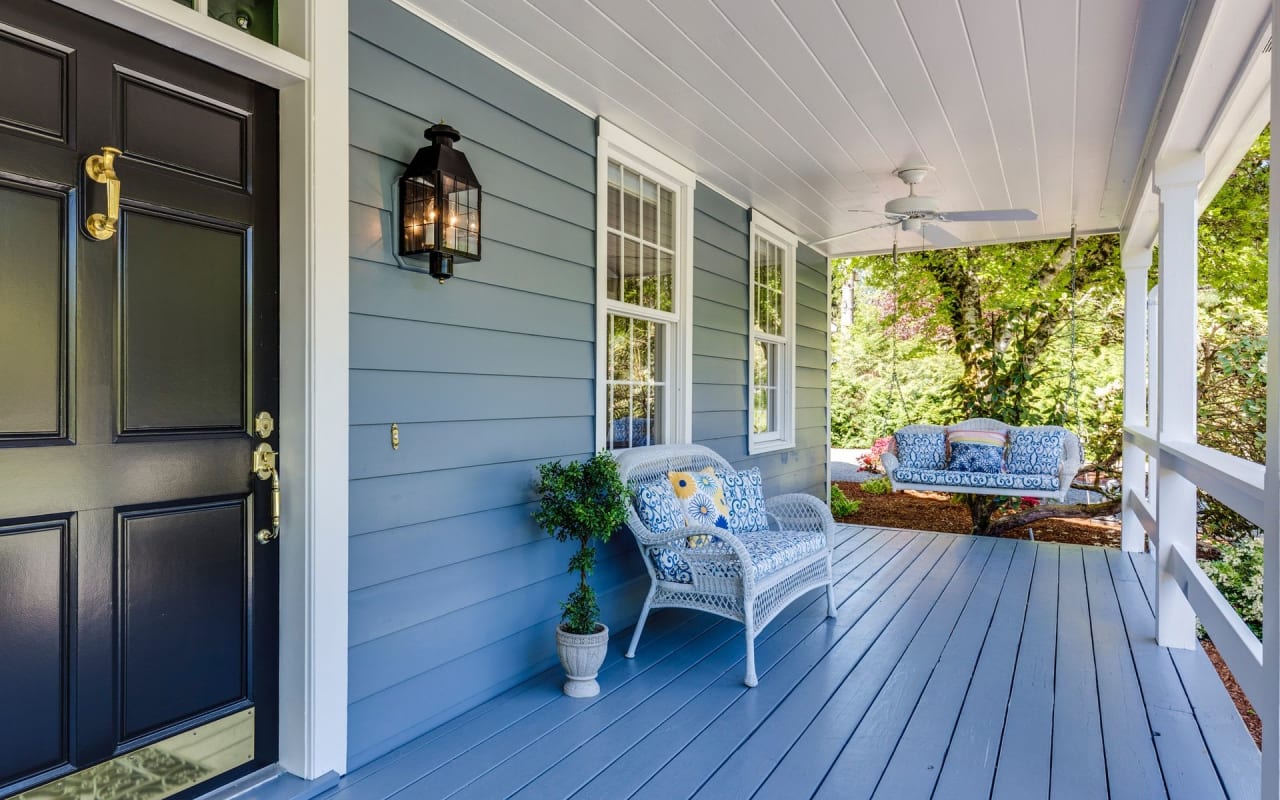Heritage materials are natural materials that have a long history of being used in the construction of homes and buildings, and they continue to be valuable construction materials today. Resources like stone, brick, timber, clay, antique woods, and antique plaster are all popular heritage materials.
Aside from their cultural and historical significance, there are many reasons why investing in a home with heritage materials can be a great choice, including durability, versatility, and aesthetics. They also have many eco-friendly benefits that can make their use a responsible choice for the environment as a whole. This article will examine the benefits of investing in a home that uses heritage materials in its construction.
Attractive aesthetics
Many people find old homes to have a strong sense of charm, and the use of heritage materials is one of the reasons these older homes exude such character. Homes from previous eras are often admired for their elegance, beauty, and personality. For example, Victorian homes often boast elements such as stonework, plaster walls, and antique woodwork. These homes are highly sought after and considered highly desirable in real estate.
In fact, the price per square foot in homes like these has been rising in value due in part to the renewed appreciation for antique and handmade spaces. This makes investing in a historic home a potentially profitable choice because as years pass, the history contained within the home will only make it more and more attractive to future buyers who appreciate the aesthetic of the past.
In fact, the price per square foot in homes like these has been rising in value due in part to the renewed appreciation for antique and handmade spaces. This makes investing in a historic home a potentially profitable choice because as years pass, the history contained within the home will only make it more and more attractive to future buyers who appreciate the aesthetic of the past.
Increased energy efficiency
Materials such as clay and straw are known to have the ability to provide natural insulation, which can be a stellar way to increase your home’s energy efficiency. This can significantly reduce the need to heat your home in the winter or cool it in the summer. Additionally, materials like brick and stone can store and release heat over time, which can be useful during the colder months.
In this way, homes built with heritage materials can promote sustainable building practices. If this kind of feature is important to you as you find your new home, hiring a real estate agent like Bonnie Spindler can help you narrow down your options to those that are going to be the most energy efficient!
In this way, homes built with heritage materials can promote sustainable building practices. If this kind of feature is important to you as you find your new home, hiring a real estate agent like Bonnie Spindler can help you narrow down your options to those that are going to be the most energy efficient!
High durability
Heritage materials have a strong reputation for providing strength, resilience, and longevity. Homes made from heritage materials are renowned for lasting centuries, and they often require much less frequent maintenance. Modern homes sometimes use cheap materials such as prefabricated panels, stone veneers, or wood laminate. While these might look good for a while, as time passes, they often deteriorate. Some modern homes made with these materials might only last a few decades.
On the other hand, homes built with heritage materials can last centuries, such as Victorian homes in San Francisco. For example, antique wood is denser and more stable than freshly cut wood. Plus, after being exposed to the natural elements for so long, antique wood can become resistant to decay, warping, and cracking due to the patina that has developed over time.
On the other hand, homes built with heritage materials can last centuries, such as Victorian homes in San Francisco. For example, antique wood is denser and more stable than freshly cut wood. Plus, after being exposed to the natural elements for so long, antique wood can become resistant to decay, warping, and cracking due to the patina that has developed over time.
Low carbon footprint
Compared to modern building materials, heritage materials have a much lower carbon footprint, which can be revolutionary in the construction industry, which is one of the leading industries contributing to carbon emissions. Modern materials are manufactured in a highly intensive process that uses lots of energy, making it a less eco-friendly option. For example, steel manufacturing itself accounts for 7% of worldwide carbon emissions.
Heritage materials require less energy to manufacture and transport, and they are often sourced locally, reducing the carbon emissions associated with transportation. And even after they are built, many older homes have a smaller carbon footprint compared to newer homes, as they were built before the widespread use of energy-intensive technologies and materials, such as air conditioning and synthetic insulation, making them a great way to live a lifestyle conscious of the environment.
Heritage materials require less energy to manufacture and transport, and they are often sourced locally, reducing the carbon emissions associated with transportation. And even after they are built, many older homes have a smaller carbon footprint compared to newer homes, as they were built before the widespread use of energy-intensive technologies and materials, such as air conditioning and synthetic insulation, making them a great way to live a lifestyle conscious of the environment.
Renewability and recyclability
One exciting feature of heritage materials is the fact that they are renewable, meaning that they can be harvested without depleting natural resources. Timber, for example, can be grown and harvested sustainably, while stone and clay are abundant natural resources. Even materials like antique plaster are sustainable and eco-friendly, with the option to recycle or reuse them. And many materials, such as salvaged stone and reclaimed wood, can be gathered and restored from old structures for use in new structures. This can reduce the amount of waste that ends up in landfills, making it a highly sustainable option.
Connection to history
Recycled and sustainable materials are aesthetically pleasing and eco-friendly, but they also contain another benefit: they can be a way to preserve a piece of cultural and historical heritage. These kinds of materials have been used by homebuilders for centuries and contain within them a rich tradition and a connection to the past. This can be specific to regional history as well because some materials are particularly tied to location. For example, adobe is a traditional heritage material in the southwestern united states. By investing in a home that has this connection to history, you are engaging in an act that preserves cultural heritage and architectural traditions for future generations.
Overall, heritage materials offer a unique combination of beauty, versatility, and eco-friendliness that make them an excellent choice for anyone looking to invest in a home that is functional, meaningful, and sustainable. With their timeless appeal and long lifespan, homes made with heritage materials are a valuable investment that homeowners can enjoy for generations to come. There are many properties that use fantastic renewable materials, such as brick, straw, stone, clay, antique wood, and antique plaster. An investment in this kind of home is truly an investment in not only your future but the future of the earth. If you are interested in investing in one of these historic and eco-friendly homes or other San Francisco real estate for sale, contact Bonnie Spindler: The Victorian Specialist, today!
*Header photo courtesy of Bonnie Spindler
Overall, heritage materials offer a unique combination of beauty, versatility, and eco-friendliness that make them an excellent choice for anyone looking to invest in a home that is functional, meaningful, and sustainable. With their timeless appeal and long lifespan, homes made with heritage materials are a valuable investment that homeowners can enjoy for generations to come. There are many properties that use fantastic renewable materials, such as brick, straw, stone, clay, antique wood, and antique plaster. An investment in this kind of home is truly an investment in not only your future but the future of the earth. If you are interested in investing in one of these historic and eco-friendly homes or other San Francisco real estate for sale, contact Bonnie Spindler: The Victorian Specialist, today!
*Header photo courtesy of Bonnie Spindler






